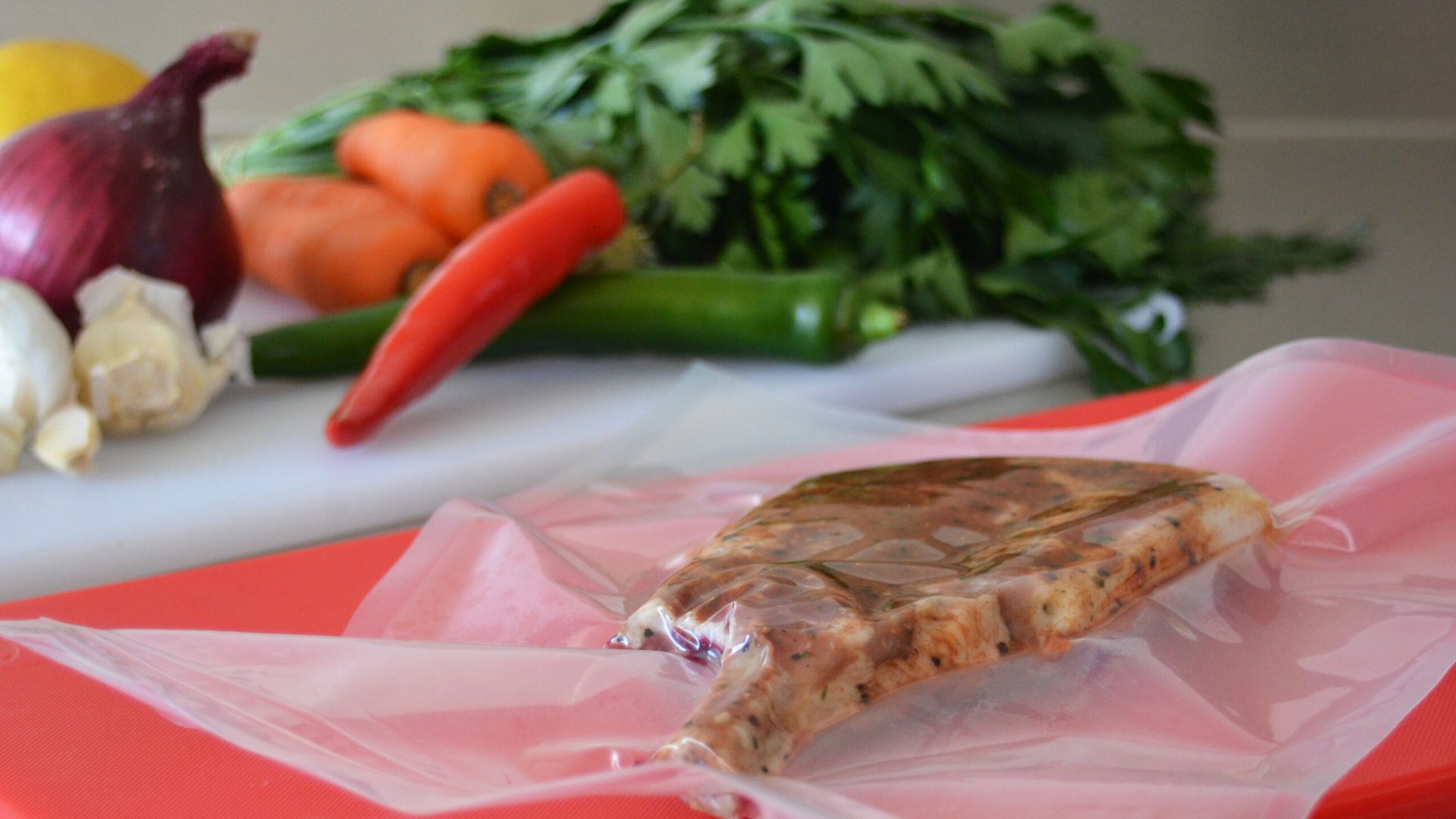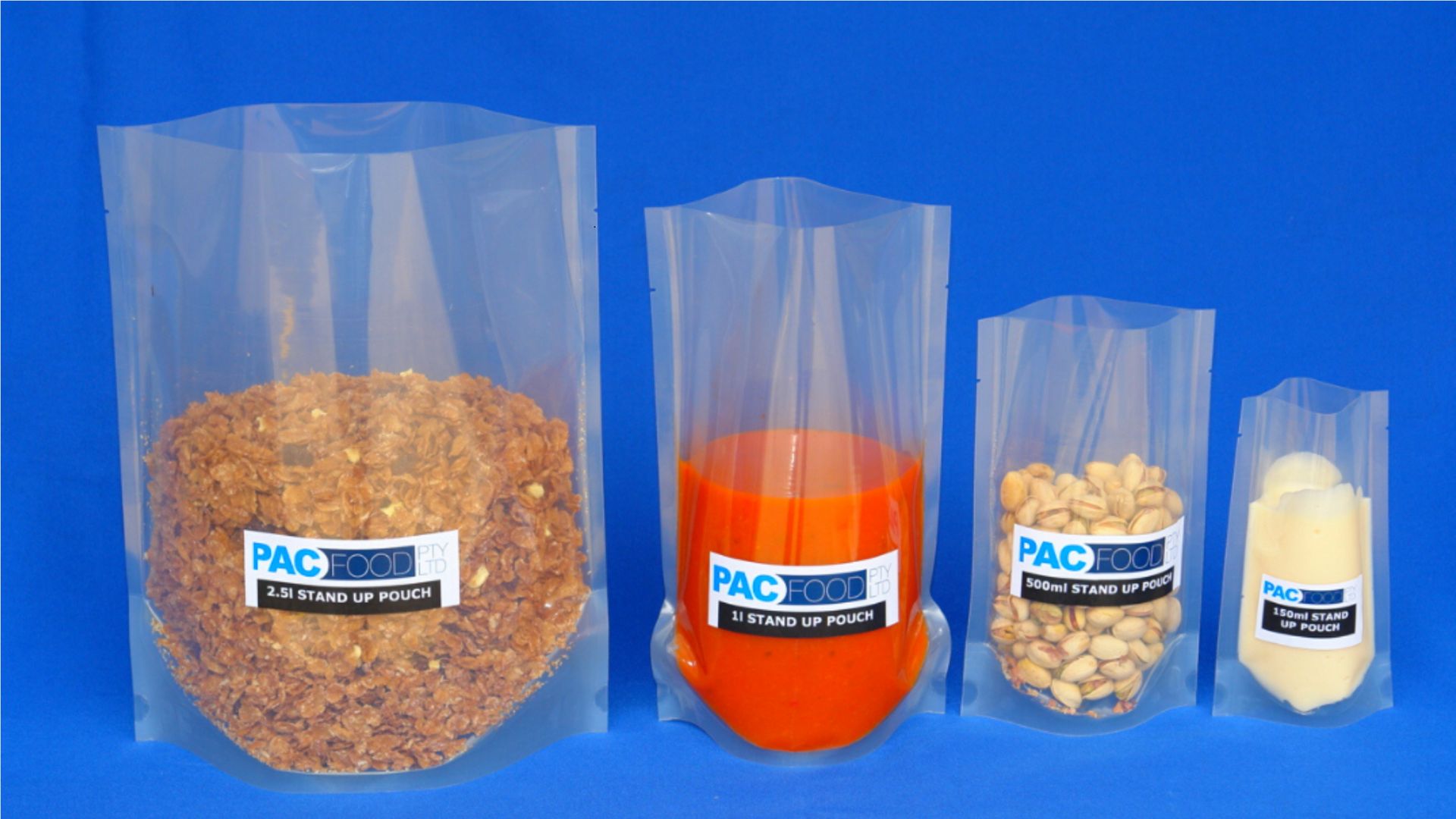There’s nothing worse than opening the fridge and realising that a half-eaten bag of salad has turned to mush, that pasta you had for dinner last Thursday has gone mouldy and the lunch ham is too whiffy to risk it. No one likes wasting food. In fact, if the average Australian family reduced their food waste, they could save up to $3800 a year and have a positive impact on the environment, too.
Pac Food specialises in food storage solutions such as vacuum sealers and vacuum sealer bags that extend the life of food by 3–5 times. Even without a vacuum sealer, you can take steps to properly store food, saving you money and keeping your family safe. Here’s how.
Why Proper Food Storage Matters
Food that is stored properly will stay fresh for longer. This can help to save money, trips to the supermarket and reduce food waste—something that costs the Australian economy around $36.6 billion each year.
Improperly stored food and poor food hygiene can lead to food poisoning as food is contaminated with bacteria or viruses like salmonella, listeria or E.coli. Contaminated food can look and smell fine, which is why it’s important to ensure it’s stored properly in the first place.
General Food Storage Principles
The three basic principles of food preservation are excluding air, removing moisture and controlling temperature. Here are our top tips for food safety and freshness.

- Food poisoning bacteria can spread between foods if they are not adequately covered or stored in an airtight container in the refrigerator. This is why it’s necessary to wrap, seal or cover leftover food.
- Be aware of the temperature danger zone to prevent harmful bacteria from growing in food. If you’re planning on keeping foods like rice, mashed potatoes, soups or casseroles, it’s best to refrigerate them immediately. There is no need to cool the cooked food first. And if in doubt about how long something has been out of the refrigerator, throw it out (but compost it if you can).
- Label and date frozen and refrigerated food so you are using it within a reasonable amount of time and in the correct order.
- Store dry goods in properly sealed storage containers in a cool spot to prevent them from going stale.
- Use food that’s about to go bad first. If you need recipe inspiration, there are plenty of apps to give you ideas for meals using ingredients you have on hand. Keeping your pantry and refrigerator organised is another way of ensuring you’re using what’s nearing its best-before date first.
How to Store Fresh Produce
Fruit should be kept on the counter until it’s ripe and then stored in the refrigerator to prevent over-ripening. Most vegetables benefit from being kept in the vegetable crisper drawer of your refrigerator, except potatoes, which can be stored in a cool, dry spot in your pantry. Once cut, fruit and vegetables should be stored in an airtight container.
Soft herbs can be wrapped in a damp paper towel and stored in an airtight bag, while hardier herbs can be placed in a glass of water.
Storing Dairy Products
Dairy should be stored in the coldest spot in your fridge. This might mean moving the milk from its normal spot in the door and the butter and cheese away from the dairy case, because these spots have the most temperature variations from the door being open and closed, which will lead to earlier spoilage.
Eggs are best stored in their original packaging in the refrigerator and not on the counter. Not sure how cold your fridge and freezer should be? You can find the answer here.
Proper Storage for Meat, Poultry, and Seafood
Raw meat, chicken and fish should be stored at the bottom of the fridge and away from cooked foods. Ensure they are placed in an airtight glass or ceramic container or covered with plastic wrap to prevent bacteria contamination.
If you’re not planning on using meats within 1–2 days, it’s best to freeze them immediately and always thaw meat and fish slowly in the refrigerator instead of on the counter.
Storing Grains, Pasta, and Bread

Whole grains and flour can be kept in an airtight container in a dry, cool pantry, but they often store better in the freezer. Dry pasta can be stored in airtight containers on the pantry shelf and as long as it’s not kept anywhere too hot, like in direct sunlight, or too close to the oven, it can be stored indefinitely.
Bread is best kept in its original packaging on the counter, or in the refrigerator if you live in a hot or humid location. Another way to keep bread fresh for longer is to store it in the freezer and defrost it as needed.
How to Handle Leftovers Safely
You don’t need to leave leftover meals to cool down before you put them in the fridge or freezer. It’s best to place portions in an airtight container and into the fridge or freezer as soon as possible.
When reheating leftovers in the oven or microwave, ensure they are steaming hot all the way through, preferably above 75 °C.
Avoiding Common Storage Mistakes
- Freezer burn. Ice crystals and the dull appearance of frozen food are sure signs of freezer burn. Fluctuations in freezer temperature and opening the freezer door too often are common culprits, as well as not storing foods in airtight packaging. Vacuum sealing is the best way to prevent freezer burn. You can read more about the advantages of vacuum sealing here.
- Limp vegetables. Things like broccoli that have become limp in the fridge can be freshened up by placing them in a glass of water. To make lettuce crisp again, soak in ice water for a few minutes.
- Stale dry foods. Ensure you choose a high-quality container with a lid that keeps air out to extend the shelf life of dry foods like cereals, grains and pasta. You can submerge a sealed container in a sink full of water to check if it’s airtight. If bubbles escape, it means air is getting in.

Improve Your Food Storage Process Today
The best thing you can do to ensure the freshness of food when storing it is to keep the air out. Air can carry microorganisms such as bacteria and mould, which can contaminate food and cause it to spoil.
This is why vacuum sealing is such an effective method of storing food to freeze (it prevents freezer burn), storing dry foods (it stops the air that causes food to go stale), and storing fresh foods including fruit, vegetables and cheese (vacuum sealed food stays fresh up to 5 times longer and preserves flavour and nutrients).
You can learn more about Pac Foods vacuum sealers here. In the meantime, we hope you’ll try these simple storage tips to keep your food fresh for longer, help you save money on groceries and do your bit for the environment.

